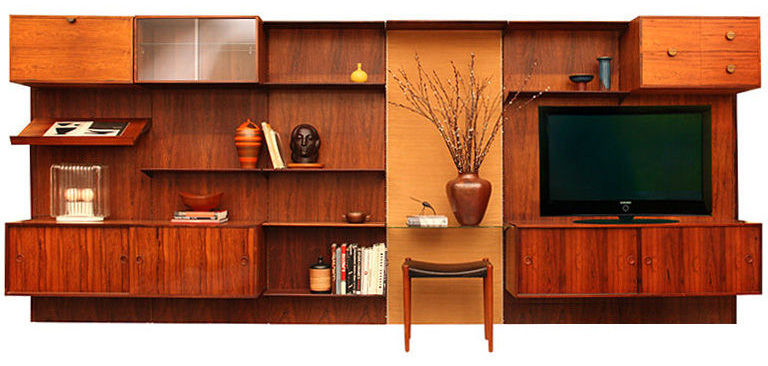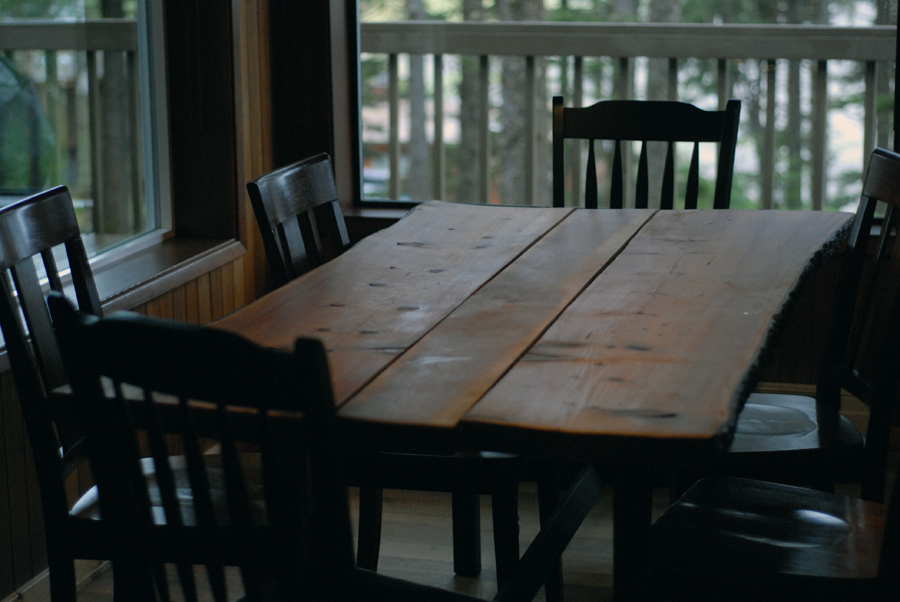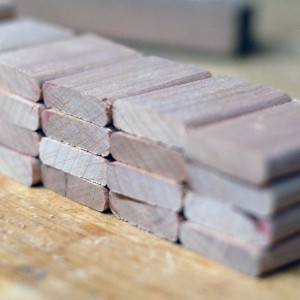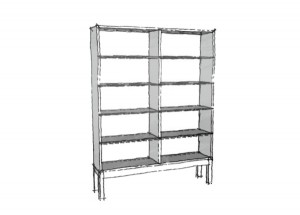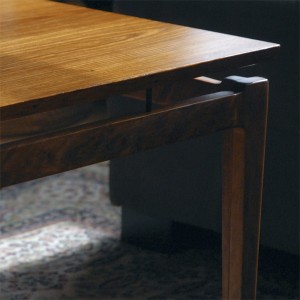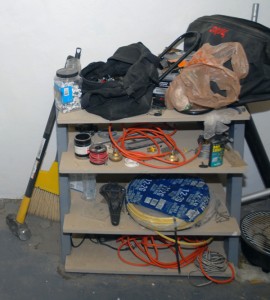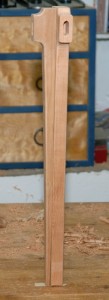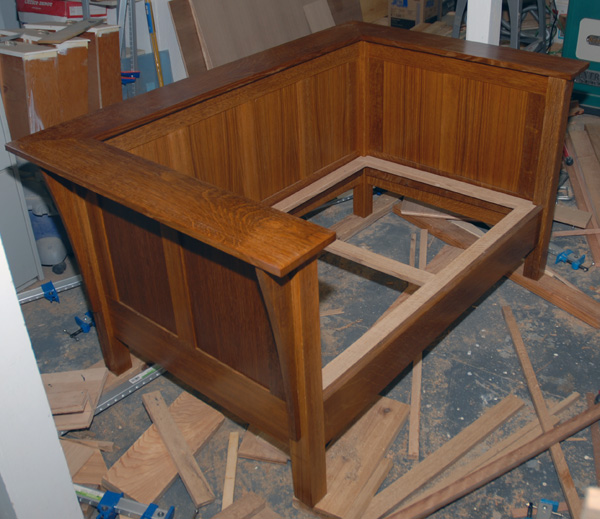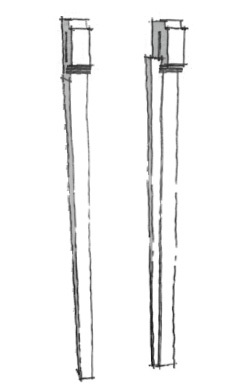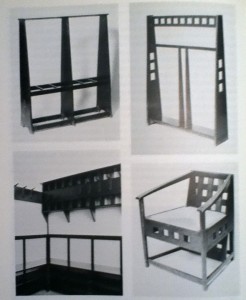
Ample photographs illustrate Billcliffe’s Mackintosh Furniture.
I went outside early one morning a few weeks ago to put the outgoing mail in the box and found an anonymous copy of Roger Billcliffe’s Mackintosh Furniture there. The mystery resolved itself a couple of days later, but not before I had ample cause to thank my then anonymous donor. I’ve long admired Mackintosh’s furniture (and Kevin Rodel’s reinterpretations) for their use of negative and positive space and the way they synthesize Arts & Crafts, Art Noveau, and early Modern impulses, and Billcliffe does Mackintosh’s work justice, tracing its development in chronological order from the late 19th century through 1920.
Billcliffe considers Mackintosh’s furniture in the context of his architectural work, providing detailed verbal descriptions of Mackintosh’s buildings and renovations. And it is in these extended passages that I found my attention wandering, wishing for illustrated floorplans. Too, Billcliffe seems overly invested in defending Mackintosh’s reputation, but these factors can’t detract from the true appeal of the book, the lavish collection of black-and-white photographs documenting Mackintosh’s furniture design. Mackintosh’s most popular designs—including tall chairs and the Hill House hall table and chairs—are well represented, but the book also documents pieces I’d never seen before, from writing cabinets to beds and built-ins. I haven’t read widely in the field, so I can’t speak to how well Billcliffe’s work compares to other books on Mackintosh, but I know I enjoyed it and will return to again when I’m looking for inspiration.
More Information
Used copies of Mackintosh Furniture are available in hardback or paperback on Amazon.
